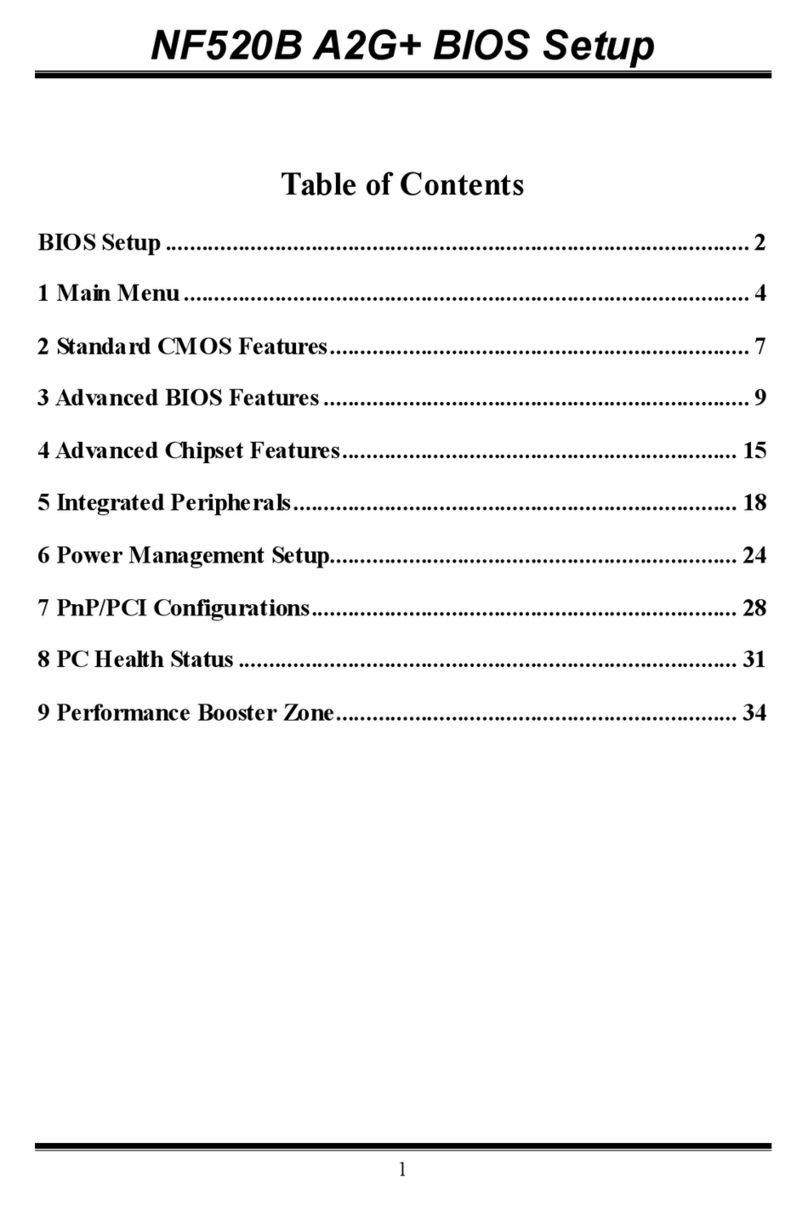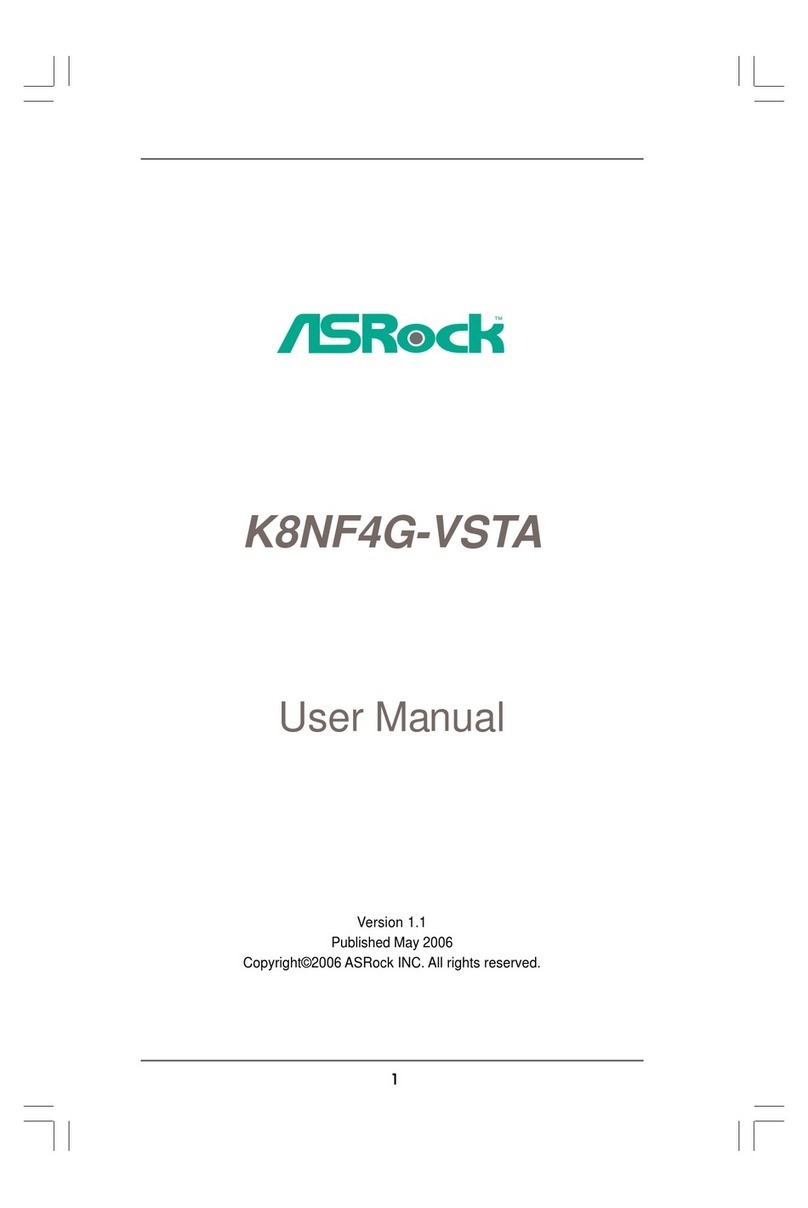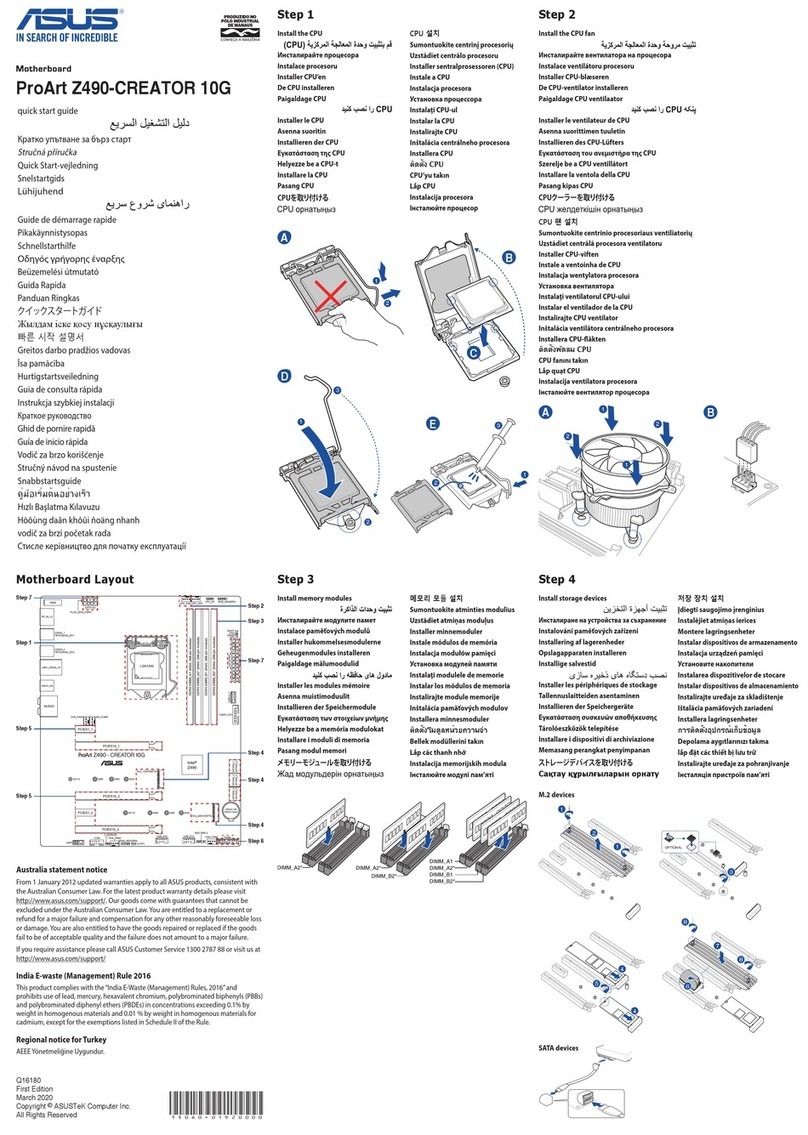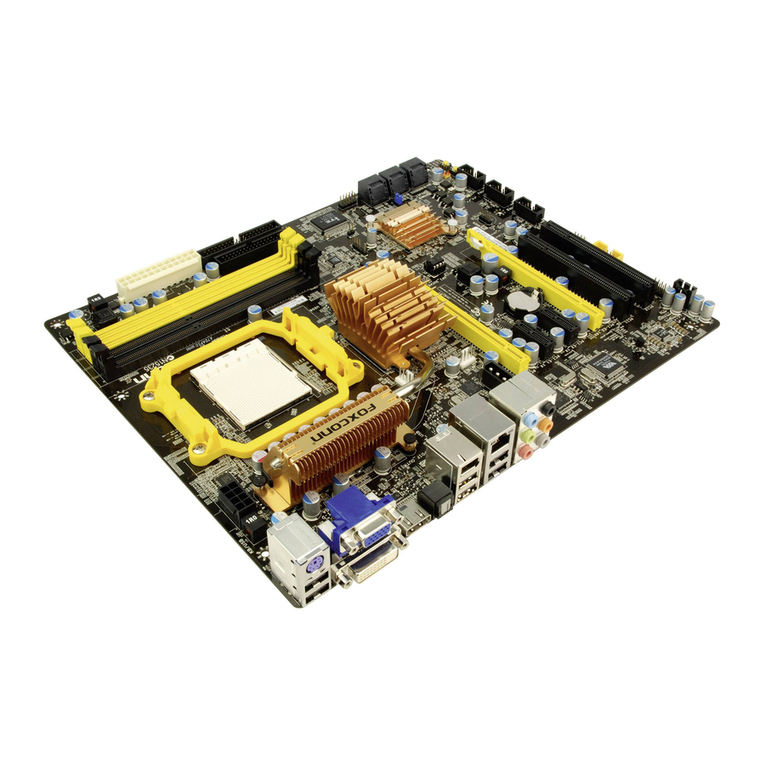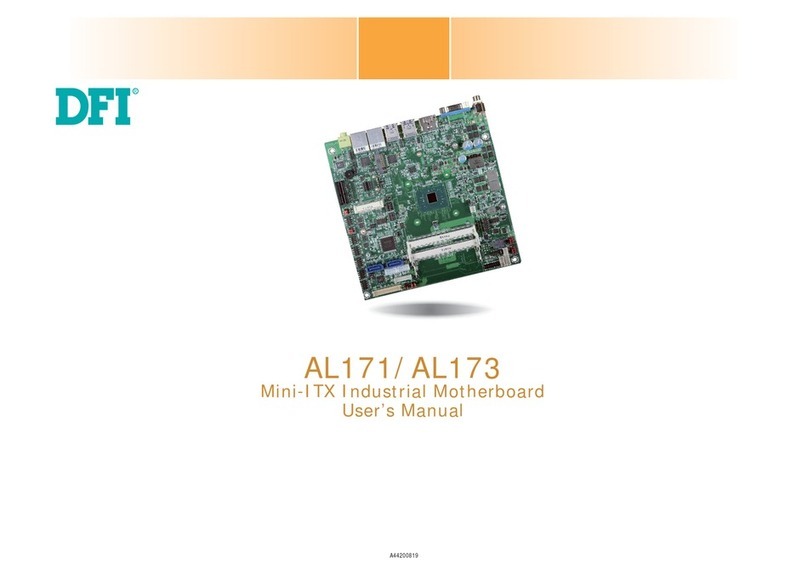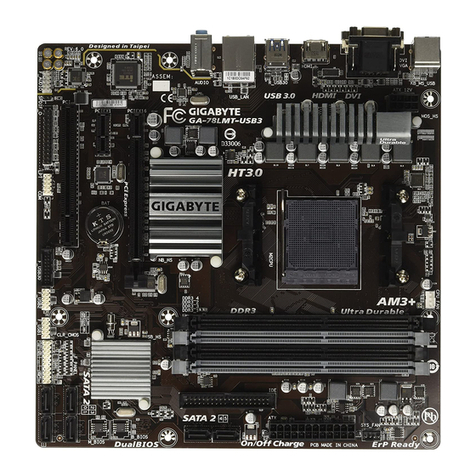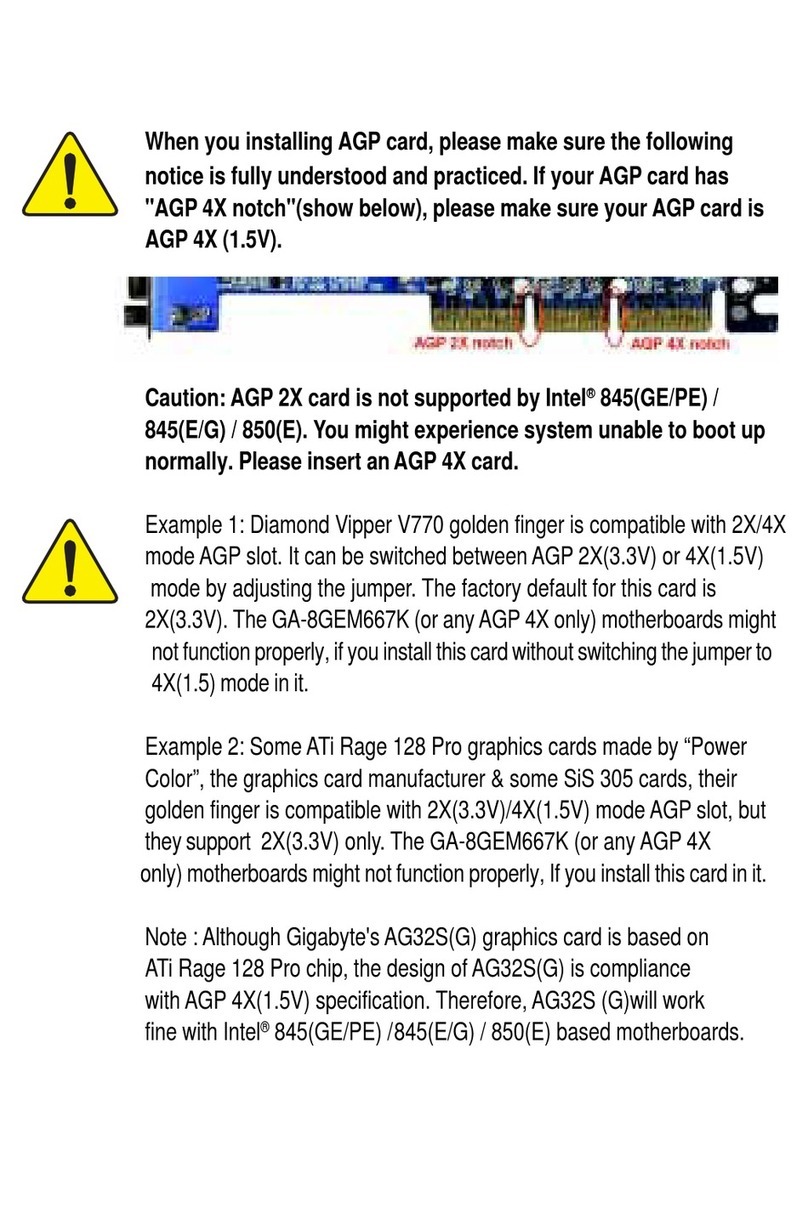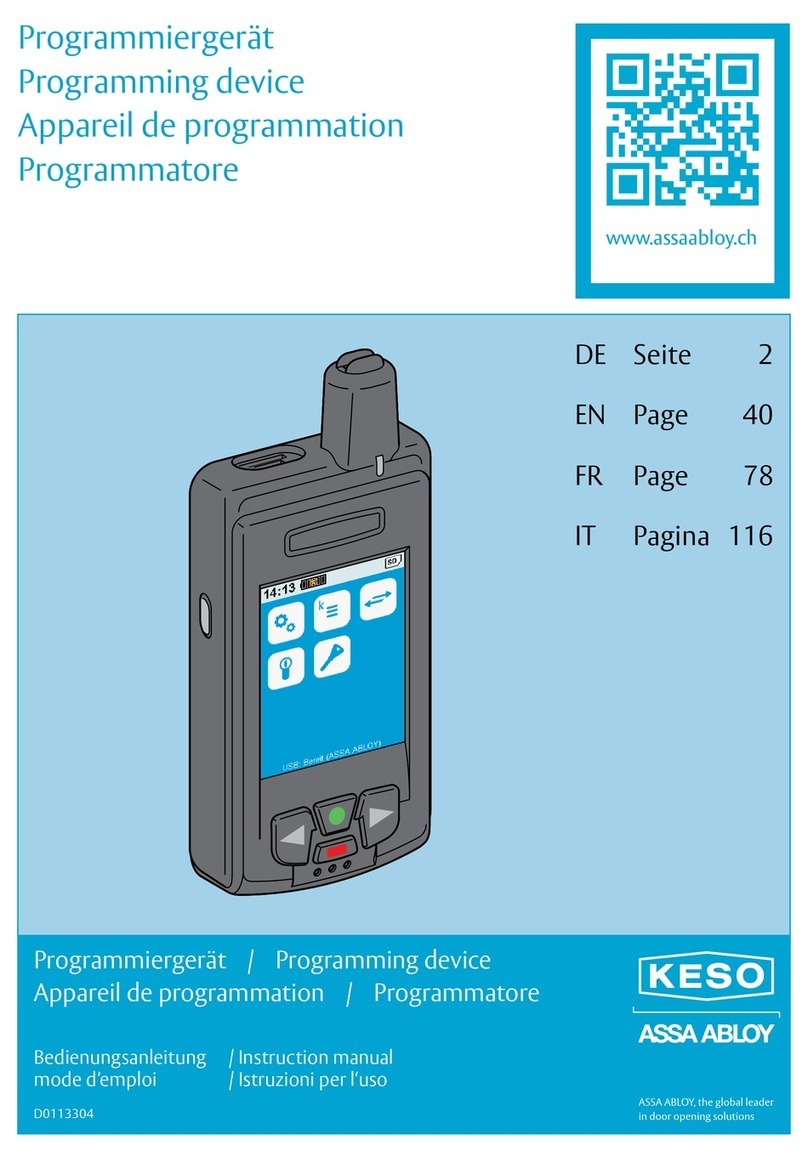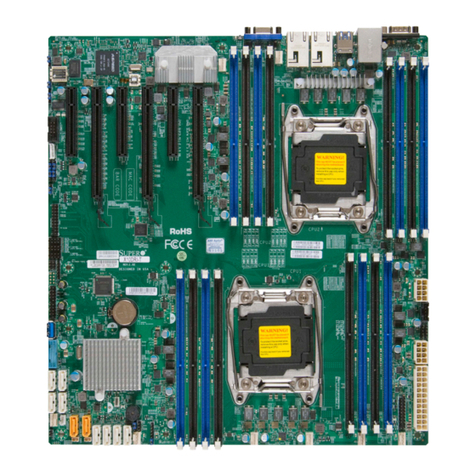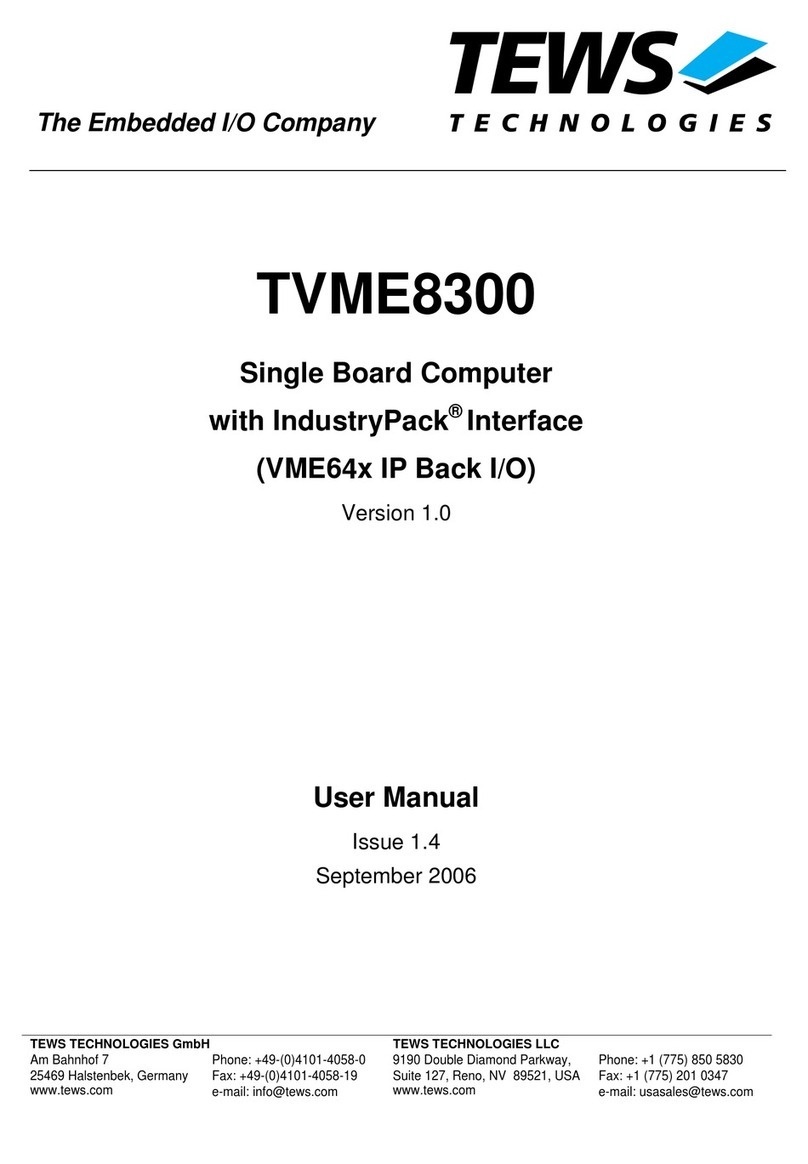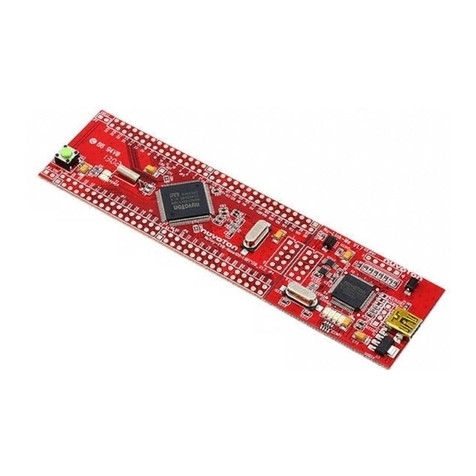Geostar GeoS-3 User manual

GeoS-3®
Evaluation Board
rev2.0
Technical Description
R&D Center “GeoStar navigation” Ltd.
Moscow, 2012

© R&D Center “GeoStar navigation” Ltd. 2012-12-25 2
Table of Contents
1. Abbreviations ..............................................................................................................................................................................4
2. Technical Description ................................................................................................................................................................. 5
2.1. Introduction .........................................................................................................................................................................5
2.2. Overall View .........................................................................................................................................................................5
2.3. Block Diagram .....................................................................................................................................................................5
2.3.1 GeoS-3 Connections............................................................................................................................................ 6
2.3.2 Power Plan...........................................................................................................................................................7
2.3.3 Serial Ports...........................................................................................................................................................7
2.3.4 Connectors...........................................................................................................................................................7
2.3.5 Switches, pushbuttons .........................................................................................................................................7
2.3.6 LEDs ....................................................................................................................................................................8
2.3.7 Signal Pads ..........................................................................................................................................................8
2.4. Assembly Drawing ..............................................................................................................................................................9
3. How to Use the Board.................................................................................................................................................................9
3.1. USB Driver ...........................................................................................................................................................................9
3.2. External Connections ....................................................................................................................................................... 10
3.3. Direct Access to GeoS-3 IO Pads .................................................................................................................................... 10
3.4. Getting Started. Operation in Full-power Mode.............................................................................................................. 11
3.5. Operation in Power-saving Mode ....................................................................................................................................12
4. Appendix A. Schematic Diagram ............................................................................................................................................. 13
List of Figures
Figure 1: General View ...................................................................................................................................................................5
Figure 2: Block Diagram.................................................................................................................................................................6
Figure 3: Assembly Drawing ..........................................................................................................................................................9
Figure 4: Antenna and USB Connections ...................................................................................................................................10
Figure 5: Schematic Diagram.......................................................................................................................................................13

© R&D Center “GeoStar navigation” Ltd. 2012-12-25 3
Scope
The document is the technical description of the GeoS-3 Evaluation Board and intended for the
users of GPS/GLONASS/SBAS OEM module GeoS-3.
The document contains three chapters and appendix as follows:
Chapter 1: list of abbreviations
Chapter 2: technical description
Chapter 3: how to use the board
Appendix A: schematic diagram.

© R&D Center “GeoStar navigation” Ltd. 2012-12-25 4
1. Abbreviations
DC-DC: DC-DC Converter
IO: Input Output
LED: Light Emission Diode
LDO: Low Drop Out Linear Regulator
OS: Operating System
PC: Personal Computer
SW: Soft Ware
VCP: Virtual COM Port

© R&D Center “GeoStar navigation” Ltd. 2012-12-25 5
2. Technical Description
2.1. Introduction
The Evaluation Board is the part of GeoS-3 Evaluation Kit that contains following items:
GLONASS/GPS Antenna
GeoSDemo3®* PC-based Demo SW
GeoS-3 User Manual*.
* Downloadable from www.geostar-navigation.com.
2.2. Overall View
1PPS output
USB port
POWER switchVDD_IO switch
ON/OFF pushbutton
nRESET pushbutton
PD pushbutton
GeoS-3
Antenna connector Backup battery switch Backup battery
Signal pads
Figure 1: General View
2.3. Block Diagram
The board comprises following main parts:
GeoS-3 module
DC-DC voltage converters
USB port
Dual RS232-to-USB data converter
Voltage level translators

© R&D Center “GeoStar navigation” Ltd. 2012-12-25 6
Pushbuttons, connectors, switches
LED indicators
Signal pads.
USB—RS232 RX0
TX0
Port #0 & #1
ON/OFF
Reset
generator
1PPS
Antenna Tx0
Battery
1.8V←VDD_IO→3.3V
1.8V
VDD_IO
PDON/OFF
E_FRQ
TX0
E_PPS
TX1
PD_ACK
STATUS nRESET
VBAT
RX1
1PPS
RX0
GND
+3.3VGND
5.0V
3.3V
1.8V
VDD_IO
ON OFF
1.8V
VDD_IO
GeoS-3
Level translators
VDD_IO
3.3V
Tx1
Rx0
Rx1
nRESET
PD
VDD_IO
PD_ACK
STATUS
0
TX0
TX1
RX0
RX1 0
PD_ACK
STATUS
1PPS
VBAT
VDD
VDD_IO
V_ANT
ON/OFF
NRESET
PD
E_PPS
E_FRQ
0
DC-DC LDO
3.3V
5.0V
RX1
TX1
3.3V
POWER
0
0
ON OFF
Figure 2: Block Diagram
Refer to Appendix A for schematic diagram.
2.3.1 GeoS-3 Connections
The module is connected to the following supply voltages:
VDD: 1.8V
VDD_IO: 1.8V or 3.3V (defined by dedicated switch)
V_ANT: 3.3V
VBAT: on-board battery.
There are on-board signal pads for direct connection to the module (see section 3.1.3).

© R&D Center “GeoStar navigation” Ltd. 2012-12-25 7
2.3.2 Power Plan
The board is powered with USB bus 5.0V voltage. There are two DC-DC converters to generate
two secondary voltages: 3.3V (switch regulator) and 1.8V (LDO). Li-Ion battery CR1220
(38mAh) is the source of backup voltage.
2.3.3 Serial Ports
GeoS-3 serial ports are converted to USB in USB—RS232 FT2232 chip (FTDI). The chip’s
supply voltage 3.3V comes directly from DC-DC converter output so it is powered right after
USB port is attached to the active USB Host.
2.3.4 Connectors
Antenna: antenna port.
Type: MMCX female, straight.
Port #0 & #1: USB port.
Type: USB type B.
1PPS: 1PPS output.
Signal levels are referred to VDD_IO.
Type: SMA female, right angle.
2.3.5 Switches, pushbuttons
Switches:
POWER: GeoS-3 power control.
Moving switch to ON turns the module on; moving switch to OFF removes the power.
Battery: backup voltage control.
If the switch is set to ON then the battery is connected to the module; when OFF, the
battery is disconnected.
VDD_IO: VDD_IO voltage select.
If the switch is set to 3.3V, then VDD_IO=3.3V. If the switch is set to 1.8V, then
VDD_IO=1.8V.
Pushbuttons:
ON/OFF: on/off control.
Pushing the button forces the module to “OFF” state.

© R&D Center “GeoStar navigation” Ltd. 2012-12-25 8
nRESET: manual reset control.
Pushing the button forces the module to “RESET” state.
PD: wake-up control (PD signal).
Pushing the button generates single PD pulse. The signal wakes the module up in FIX-
BY-REQUEST®power-saving mode.
2.3.6 LEDs
3.3V: power indicator.
Continuously lighting if POWER switch is on and 3.3V is OK.
Tx0, Tx1: serial ports transmit data indicators. Flashing if the module sends data.
Rx0, Rx1: serial ports receive data indicators. Flashing if the Host sends data to the
module.
STATUS: indicator of the module status.
Reflects following states of the module: ACQUISITION, POSITIONING, and FALURE.
PD_ACK:“ACTIVE”/”SLEEP” indicator.
Lighting if the module is in “ACTIVE” state.
2.3.7 Signal Pads
The following signals can be connected directly to the module via on-board signal pads:
ON/OFF, PD, TX0, TX1, RX0, RX1, STATUS, nRESET, PD_ACK, E_PPS, E_FRQ, 1PPS,
VBAT, +3.3V.
The voltage levels of ON/OFF, PD, TX0, TX1, RX0, RX1, STATUS, nRESET, PD_ACK, E_PPS,
E_FRQ, 1PPS are referred to VDD_IO supply voltage.
For detailed description of direct connections to the module, see section 3.1.3.

© R&D Center “GeoStar navigation” Ltd. 2012-12-25 9
2.4. Assembly Drawing
Figure 3: Assembly Drawing
3. How to Use the Board
3.1. USB Driver
If the board is going to be used with personal computer, it should have USB driver been
installed. The driver establishes two virtual COM ports for communicating with GeoS-3 over
serial ports. If demo SW GeoSDemo3®is used for evaluating GeoS-3 module then it’s not
necessary to install USB driver as USB driver is already integrated into GeoSDemo3®installer.
If GeoSDemo3®is not used, USB driver (VCP Driver) should be installed; it is downloadable
from the following URL link: http://www.ftdichip.com/Drivers/VCP.htm.

© R&D Center “GeoStar navigation” Ltd. 2012-12-25 10
3.2. External Connections
The board requires following hardware connections (Figure 4):
GLONASS/GPS antenna
USB cable for attaching to USB port of the Host PC.
For proper communication via USB, USB connections should be done after PC is powered up
and operating system is loaded.
Figure 4: Antenna and USB Connections
1. For correct operation of GeoS-3 module and on-board LED devices, the
selected value of VDD_IO voltage has no sense
2. The on-board battery provides backup power to the module for arranging
warm/hot starts only.
3.3. Direct Access to GeoS-3 IO Pads
No any action required to access to Tx0, Tx1, 1PPS, STATUS, PD_ACK, ON/OFF, and nRESET
pads.
For accessing to Rx0, Rx1, PD pads it’s necessary to remove 0 Ohm resistors R14, R15, and
R16.

© R&D Center “GeoStar navigation” Ltd. 2012-12-25 11
When supplying external power 3.3V to +3.3V pad, turn off the POWER switch.
When supplying external backup source to VBAT pad, turn off the Battery switch.
3.4. Getting Started. Operation in Full-power Mode
After making hardware connections as described in section 3.2, turn the module on by turning
POWER switch to ON direction.
After power-up, the module starts automatically in full-power mode. On default, Port #0 works
on binary protocol, and Port #1 –on NMEA protocol.
LED devices behave as follows:
3.3V: constantly lighting
Tx0, Tx1: flashing once per second
Rx0, Rx1: flashing as soon as the Host is sending data to the module
STATUS: flashing rate depends on current module status:
ACQUISITION: period is 2 seconds (1 second on, 1 second off); indicates the
module is at signal acquisition phase, and no position fix yet
POSITIONING: period is 1 second (0.2 seconds on, 0.8 seconds off); indicates
position fix is available
FAILURE: period is 0.5 seconds (0.2 seconds on, 0.3 seconds off); indicates the
module has found hardware failure, and no position fix can be calculated.
PD_ACK:lighting if the module is in “ACTIVE” state.
Warm/hot starts can be organized in following ways:
If on-board backup battery is OK and Battery switch is on, recycle main power by turning
off and then turning on POWER switch or click ON/OFF or nRESET pushbutton
If Battery switch is off, click ON/OFF or nRESET pushbutton.

© R&D Center “GeoStar navigation” Ltd. 2012-12-25 12
3.5. Operation in Power-saving Mode
In this mode LED devices behave as follows:
3.3V: constantly lighting
Tx0, Tx1: flashing as soon as the module is transmitting data
Rx0, Rx1: flashing as soon as the Host is sending data to the module
STATUS: off in “SLEEP” state; while in “ACTIVE” state, behaves the same way as in full-
power mode
PD_ACK:off in “SLEEP” state; lighting in “ACTIVE” state.
To quit power-saving mode:
Send dedicated message to the module
Recycle main power
Click ON/OFF pushbutton
Click nRESET pushbutton.

© R&D Center “GeoStar navigation” Ltd. 2012-12-25 13
4. Appendix A. Schematic Diagram
Figure 5: Schematic Diagram
Table of contents
Popular Motherboard manuals by other brands
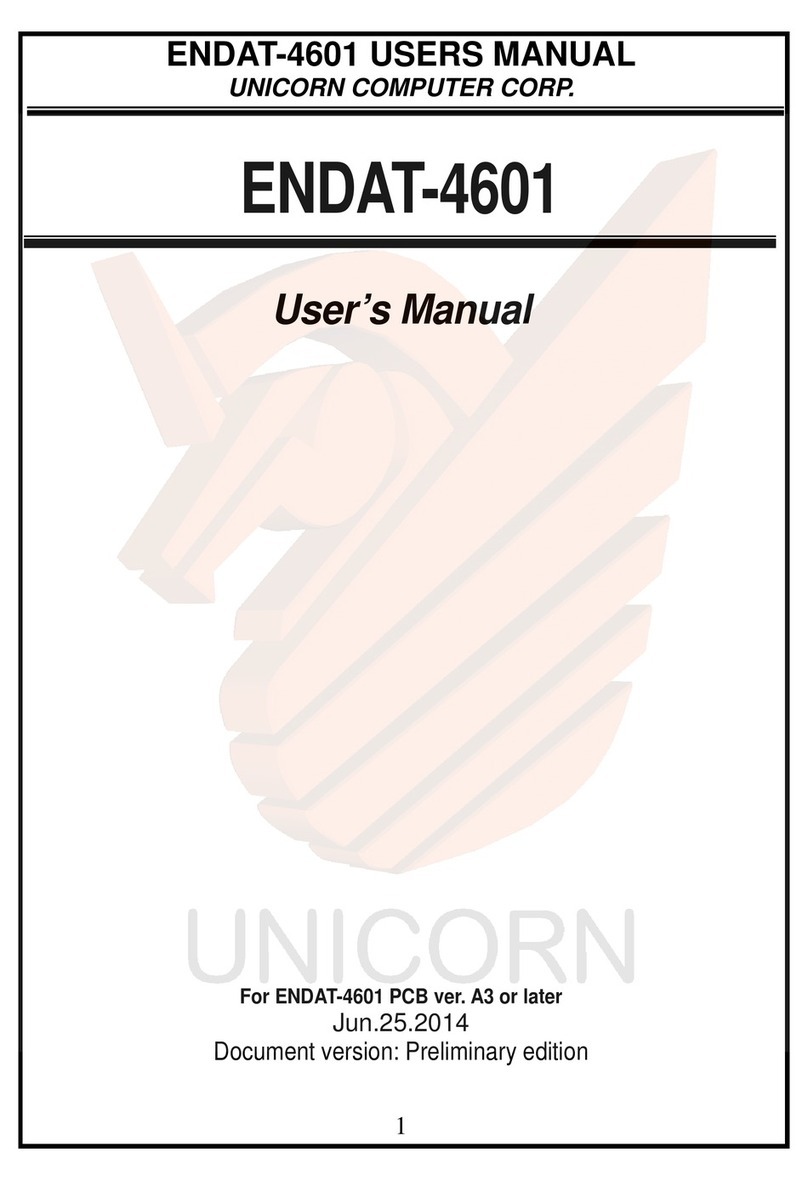
Unicorn Computer
Unicorn Computer ENDAT-4601 user manual
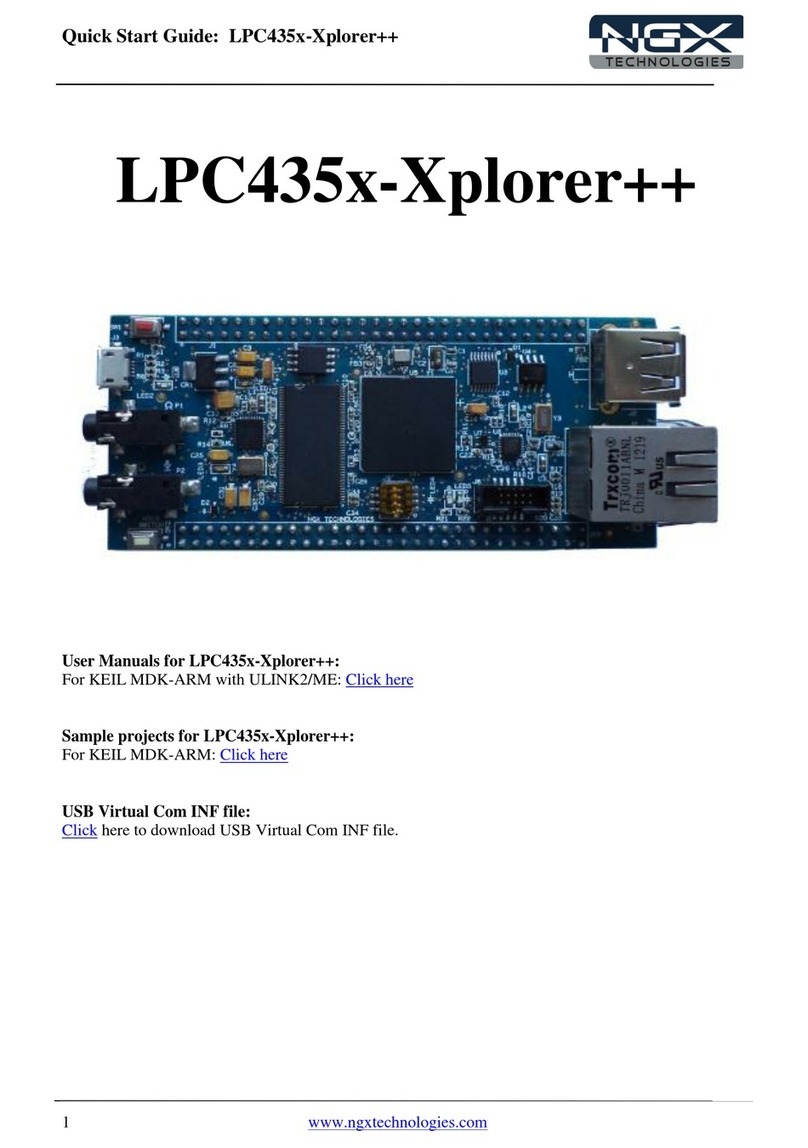
NGX Technologies
NGX Technologies LPC435x-Xplorer++ quick start guide
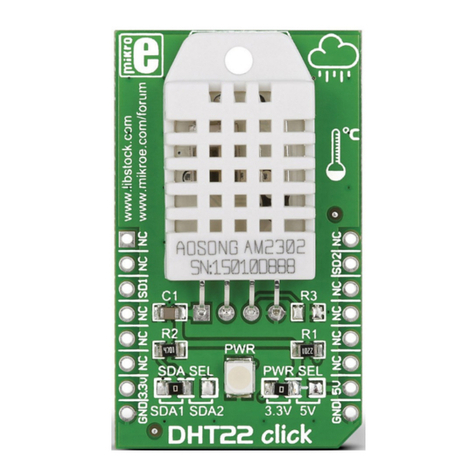
mikroElektronika
mikroElektronika click DHT22 manual
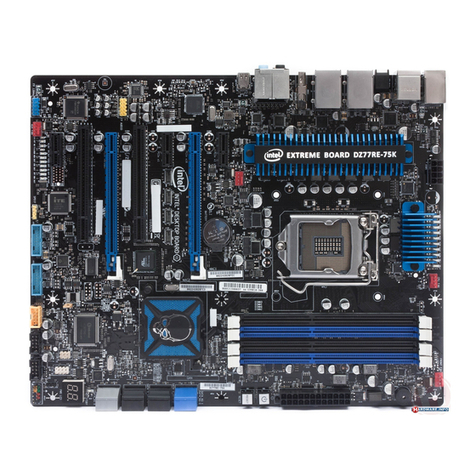
Intel
Intel DZ77RE-75K specification
ON Semiconductor
ON Semiconductor NCP571 0V9 DFN6 LDO Test Procedure
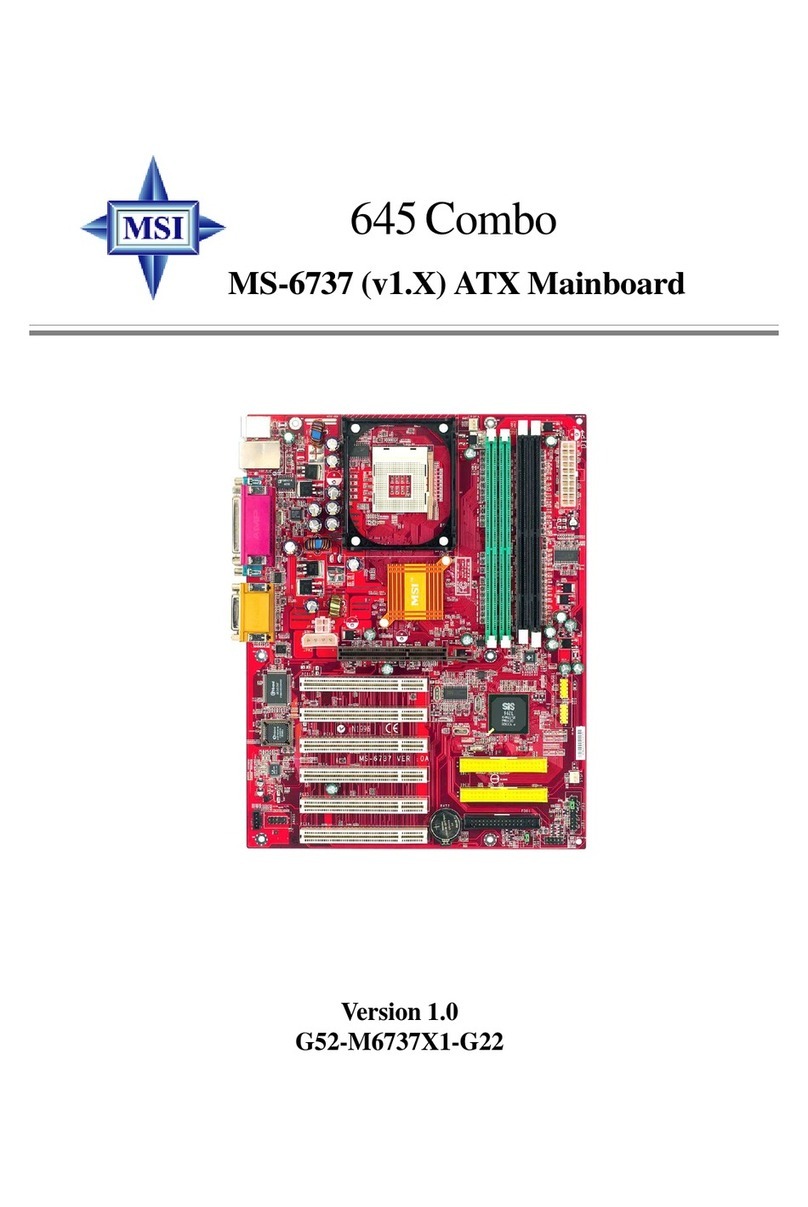
MSI
MSI 645 Combo user manual
